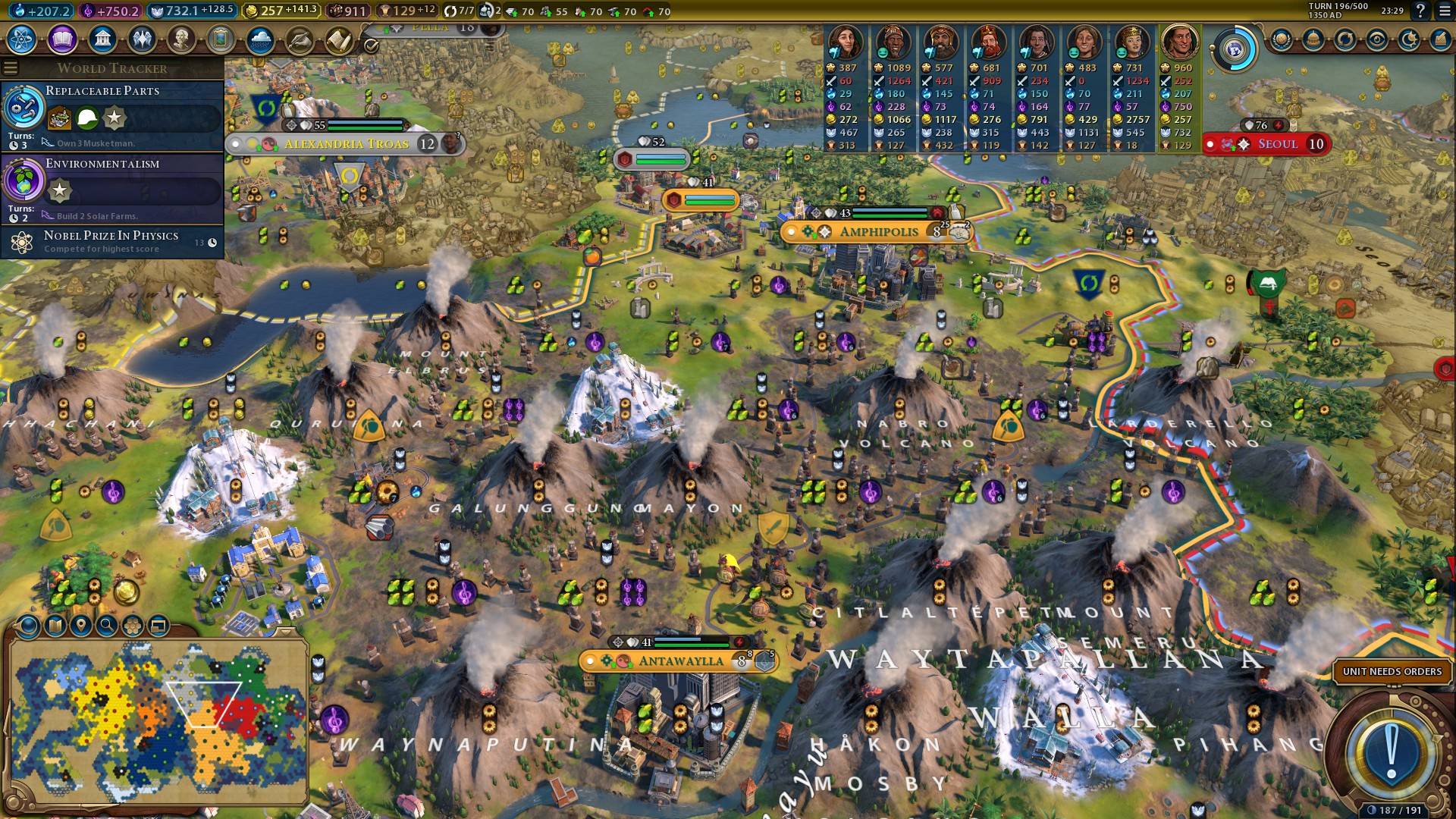


National territories are considered inviolate this also includes the territories of City-States. For the specific mechanics of border expansion, look below. The maximum size of a city is 11 tiles in diameter. This depends on how much Culture the city produces. This is also the only case when tiles which previously belonged to a civilization will become neutral again, instead of simply switching to another civilization.Įach city is able to further expand the territory it (and thus your empire) controls. If a city is destroyed (razed, or hit with a Nuclear Missile when it has less than 6 Population), all territory it controls becomes unclaimed (neutral) again, as civilization steps back and the wilderness reigns supreme again. Nevertheless, every time a new city is founded, all unclaimed tiles immediately adjacent to it are added to that empire's territory, and they will remain there, even if the city produces 0 Culture. However, this may not always be the case, as sometimes cities producing lots of Culture can expand an empire's territory much faster and farther than others that produce little or no Culture. In the normal course of events, the more cities you have, the greater territory you control. This is best visualized during city capturing, when the entire territory this city controls changes hands, along with the city itself. As mentioned above, the civilization's leader may have all the delusions of grandeur he wishes, but it is the real, cultural influence of his cities that determine the actual number of tiles under his direct control. All territory in the game is controlled by cities, thanks to their civilizing influences on the nomadic tribes that otherwise claim the land.


 0 kommentar(er)
0 kommentar(er)
